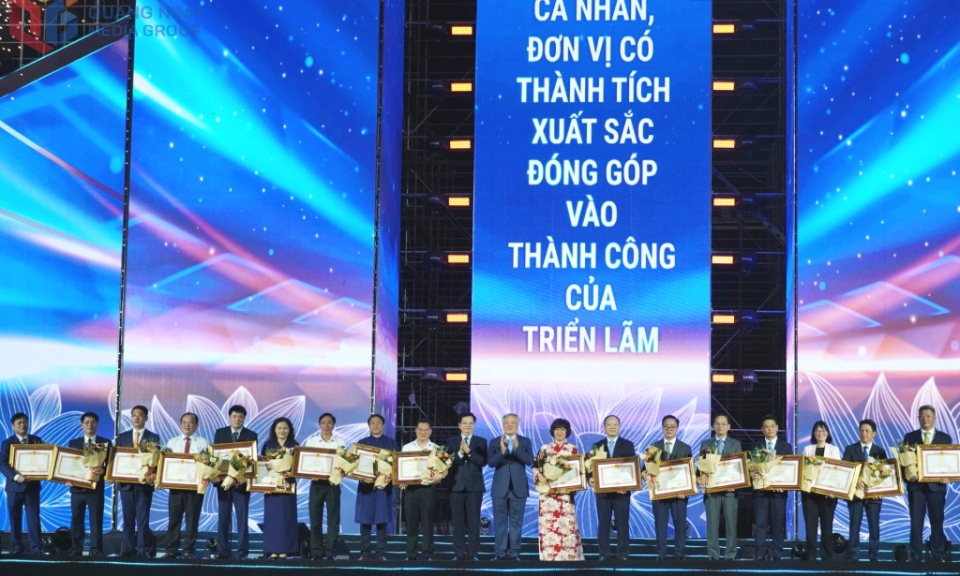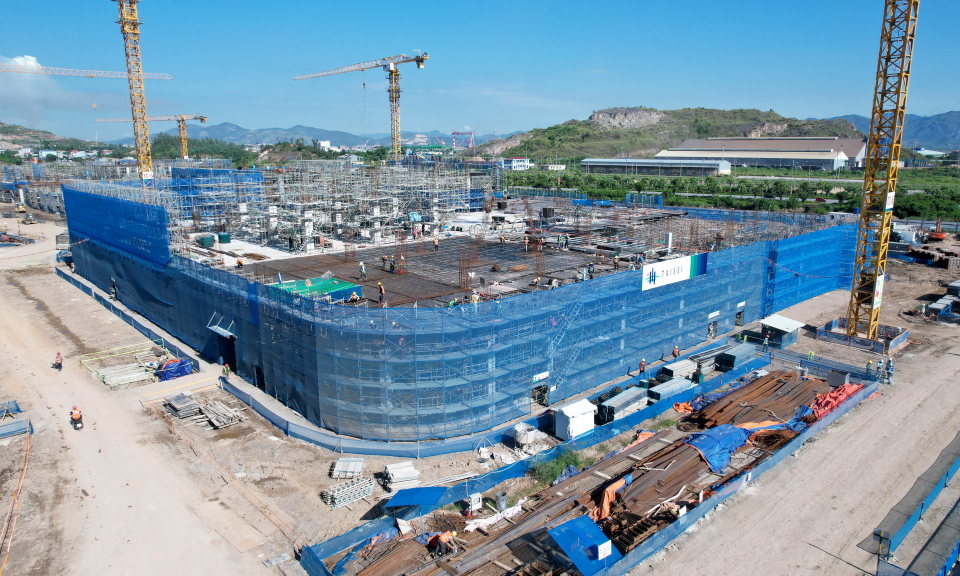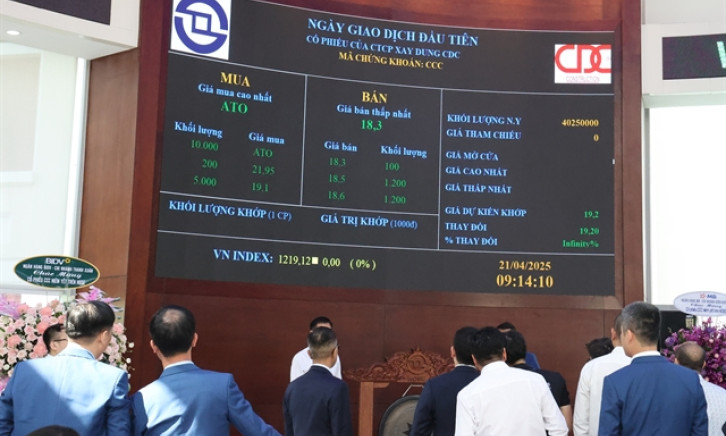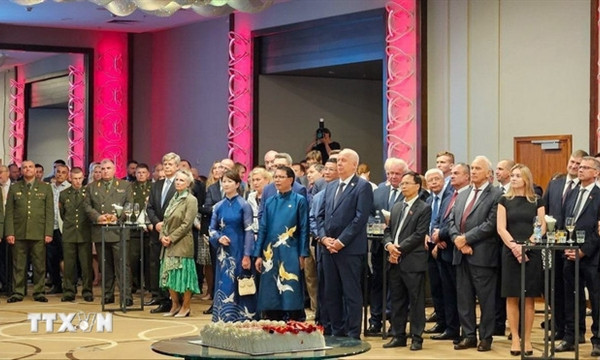New driving force for cultural industries
The National Conference on Development of Cultural Industries was held on December 22, as the first national conference on the development of cultural industries in Vietnam, which is of great significance.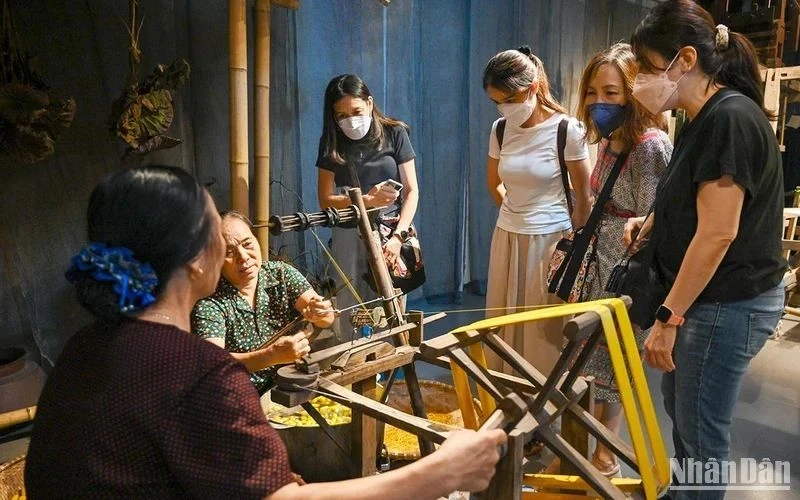
The important political bases for developing cultural industries were issued, including two resolutions of the 12th and 13th National Party Congresses, two thematic resolutions of the Party Central Committee, conclusions of the Politburo and directions of General Secretary Nguyen Phu Trong. Accordingly, the overall goals and tasks are the development of cultural industries along with building and perfecting the cultural market; the focused implementation of the cultural industries and cultural services based on identifying and promoting the soft power of Vietnamese culture; and urgently developing cultural industries and building a healthy cultural market.
The country's cultural development strategy until 2030 also sets the target of the contribution from the cultural industries added value to GDP at 7%. Especially since 2018, the mechanisms, policies and laws related to cultural industries have been supplemented and completed following the new situation and context.
The 12 cultural industries have positively contributed to the country’s overall development achievements, with cultural industry production value’s contribution to GDP reaching 3.92% in 2021 and 4.04% in 2022. Cultural industry products in various fields have been increasingly diverse and rich. Many products have high value, creating a reputation domestically and internationally. During 2018-2022, the number of economic establishments operating in cultural industries increased by 7.2% yearly. Currently, the country has more than 70,000 economic establishments operating in cultural industries that attract about 2.3 million workers (accounting for 4.42% of the total labour force of the economy), with an average labour growth rate of 7.4% per year.
However, compared to other fields, the great potential of Vietnam's cultural industries has not been fully exploited, especially in the areas of differentiation, outstanding opportunities and competitive advantages. A big reason is that the current mechanisms, policies and institutions are still quite limited. Therefore, important issues are the changes in awareness, thinking and action and the breakthrough in building creative, characteristic, unique, professional, and competitive cultural industries, based on “Ethnicity - Science – Mass” of the Cultural Outline of Vietnam in 1943. It is also crucial to gradually create brands for products and services at the national level, participating in the global value chain.
Cultural industries have broad contents with large scopes and multi-sector fields, so it is necessary to mobilise agencies and localities, in addition to the unanimous and active participation of all people and businesses. To develop cultural industries, it is essential to promote internal resources and take advantage of external forces, with people as the centre, the subject, the driving force, the most important resource and the goal. It is also necessary to promote the spirit of national pride, proactively and flexibly adapt and innovate to closely and effectively connect culture with other aspects of life.
As a latecomer in the cultural industry, Vietnam's products are under great competitive pressure. The 4.0 industrial revolution with digital technology, digital society, and digital culture brings opportunities and creates new challenges in cultural development. The quality of human resources, especially those in the cultural industries, is still limited. Investment in cultural industries requires large capital but faces many risks and a long recovery period.
Identifying limitations and difficulties, the Prime Minister has emphasised key tasks and solutions for the near future. The Government will issue a Resolution on tasks and solutions to promote cultural industries and promulgate the Strategy for developing cultural industries in the new period.
Cultural industries have great prospects, can develop quickly, bring high efficiency, and are new driving forces for cultural development following the trends of the times. The spirit of determination from the conference will spread, creating new momentum and motivation for developing Vietnam's cultural industry in the coming time.

